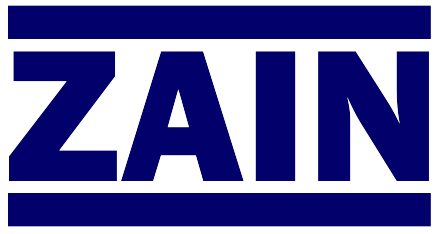Gas Dispersion and Mixing for Mineral Oxidation Reactors
Author:
G. Fraser
This paper examines the role of gas dispersion and mass transfer in mineral oxidation reactors, focusing on how mixer design affects oxygen transfer efficiency. It compares various impeller types, including the LIGHTNIN A315 and the Rushton turbine, highlighting their performance in gas-liquid-solid mixing applications. The study concludes that the A315 impeller provides improved gas dispersion, higher oxygen transfer rates, and greater energy efficiency in mineral processing operations.
Key Learnings
- Gas dispersion and mass transfer are critical factors in optimizing mineral oxidation and leaching processes.
- Mixer and impeller design directly influence oxygen transfer efficiency and overall reactor performance.
- The LIGHTNIN A315 impeller outperforms conventional Rushton turbines in gas-liquid-solid mixing due to its superior axial flow characteristics.
- Improved gas dispersion enhances reaction rates, oxygen utilization, and process uniformity in mineral processing systems.
- Efficient mixing reduces power consumption and operating costs while maintaining effective slurry suspension.
- Understanding hydrodynamics and turbulence behavior is essential for scaling up oxidation and leaching reactors.
- Selecting the right impeller geometry can significantly improve gas transfer rates and overall process efficiency.
If you can’t see the PDF, click "Open in new tab".

